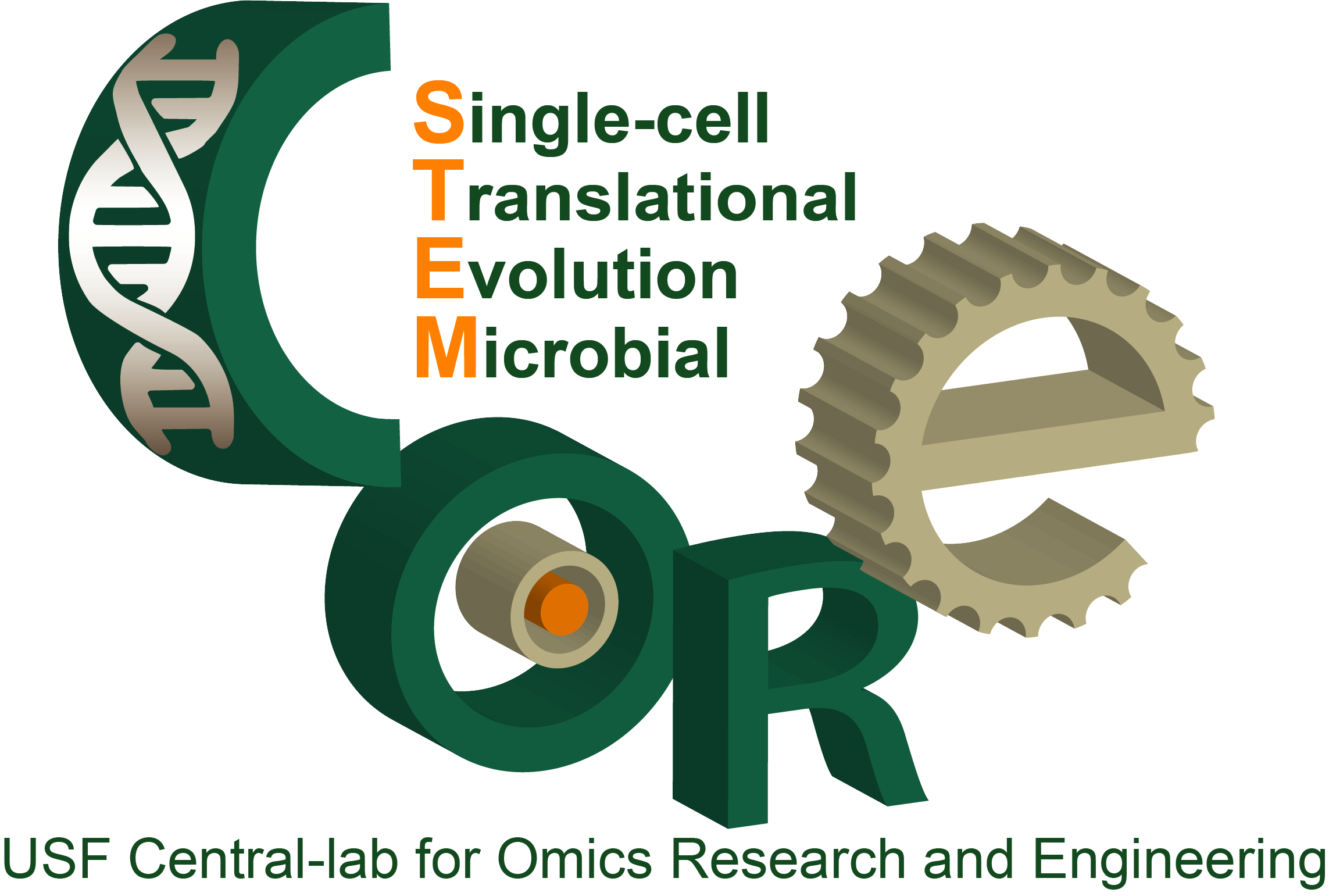Research Projects


Discovering and engineering the hidden patterns of biological systems
With parallelization and miniaturization of genomic technologies, the research of human diseases and pathogenic microorganisms are advancing rapidly. A new era of data-driven research will transform the field of infectious diseases and public health.
(i) Open source and community based problem solving
Project Iron Hack and Iron Bond for tackling human genetic diseases.
This is the first NIH/USF biohackathon, named Iron Hack, to creatively solve the human genetic disease problem by pulling together the effort of clinicians, researchers, genetic counselors and programmers. We aim to connect communities across fields, states, and continents for collaborative research with a program called Iron Bond.
(ii) Using novel microengineering to drive cutting-edge genomics such as single-cell biology
We are using microfluidics to design novel single cell development and tracking devices. We use our single cell microfluidics chips to perform genomics study for understanding stem cell development. We are also developing a single cell malaria-human liver infection system to understand both host and pathogen transcriptomics at single cell resolutions.
(iii) Host genetics of infectious diseases
Highly degenerated pathogens are not able to survive without their hosts. The host cell provides a cellular environment for pathogen growth. In addition, the pathogens extensively remodel the host cells to promote their own survival. We are utilizing human hepatocyte genomics resources to create a roadmap of host metabolic and signaling pathways that are involved in the pathogen intracellular growth. We aim at disrupting the pathogen's host dependence and host manipulation.
(iv) Genomic modularity and evolutionary trajectories of pathogens and hosts
We are constructing the evolutionary trajectories of essential pathogenicity acquisition and adaptation from a genome science perspective. For the major pathogens that cause a heavy public health burden, such as malaria, we are using this approach to identify the most unique and amenable pathways for drug intervention.
(v) Cloud-based computational pipelines to tackle human infectious diseases with new diagnostic, tracking, and analyzing tools.
We are implementing programs to identify potential pathogens from large amount of sequencing data of human tissues. Together with our collaborators, we are working toward realizing personalized medicine in disease prevention, detection and treatment.
